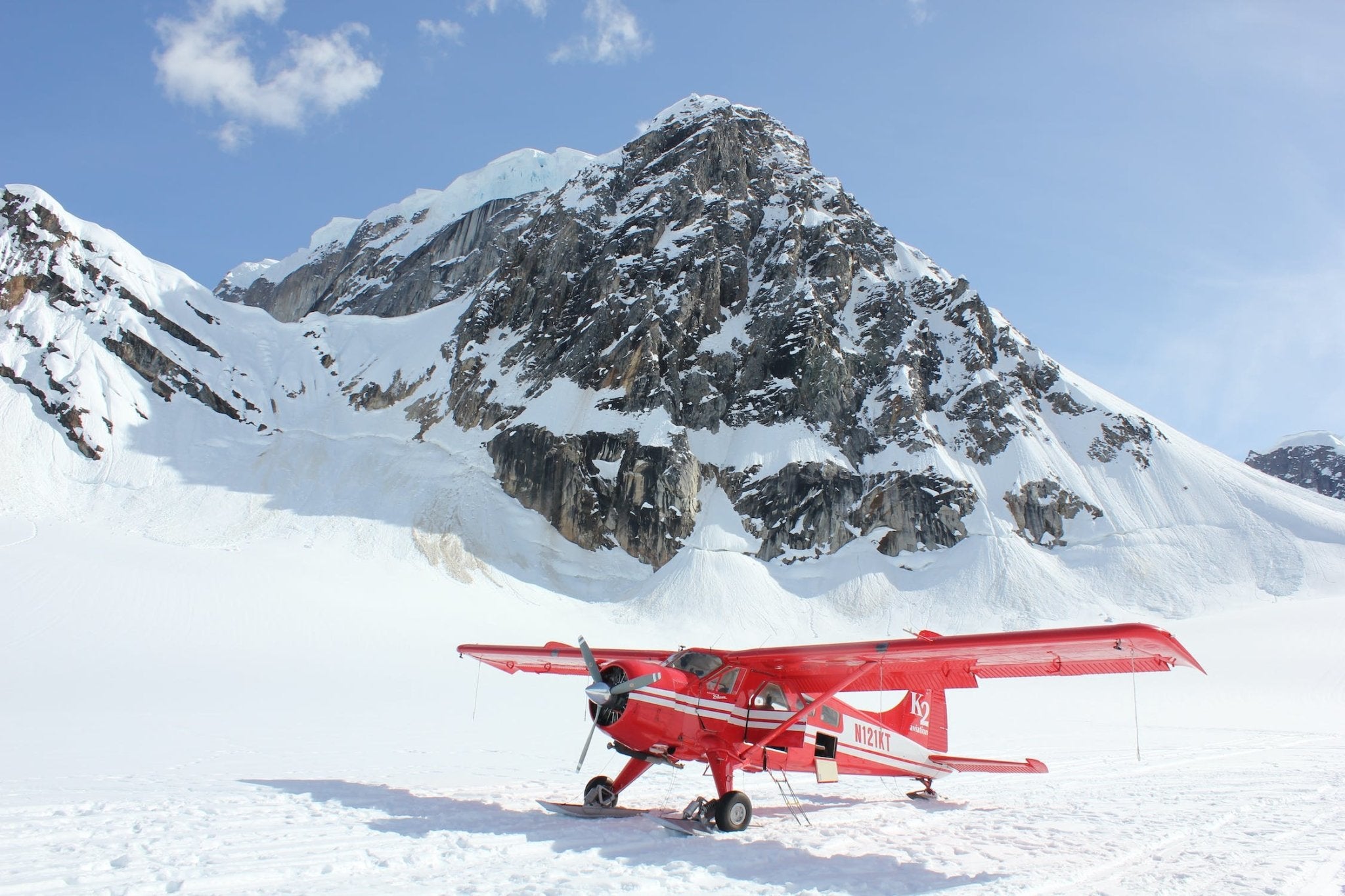Planes are frightening and exciting simultaneously, and people are captivated by them - not just in person but also in photos! Aviation photography is a riveting genre that will garner the attention of many enthusiasts, and the downside is that aviation photography comes with quite a few obstacles.
Not everyone has immediate and up-close access to aircraft, and many of us need to shoot during airshows or airport glass. Here are my tips and tricks to overcoming the obstacles.
Where Do I Find Those Big Metal Birds?
Well, this one is specific. You are going to need to go to an actual airport or an airshow. Do a little research, and you can usually find a small airport near you. The smaller airports are probably easier to get better access to, too. Contact the pilots and operations staff to see if you can have a little photo shoot. The next option is checking out airshows and fly-ins. You will probably get your more creative shots during these since they are usually doing neat flying demonstrations.
Equipment Checklist
Before diving into the photographs, make sure you have everything you need! First, you will need to make sure you have a reliable camera. The next thing you will need is a few lenses. It is best to have a super-telephoto to capture faraway planes. For close planes, get a wide-angle lens to get the entire body in your frame. The last thing you will need is a durable tripod to help keep your camera still, especially if you are trying to capture a plane mid-flight!
Capturing the Perfect Photo
Like most things, airplanes come in a variety of sizes and shapes. You can try to take photos of more unique or commercial planes. You can also take them during landings, close-ups, mid-flight, takeoffs, and more. You want to emphasize the current state of the photo to give it an edge over basic airplane photography. Try to get artsy photographs of the plane going through clouds or capture its body amongst its small workers to emphasize its size.
Taking Photos of Takeoffs and Landings
Two of the more memorable moments for planes are the takeoff and landing. When you take these photos, you want to ensure you are facing the nose of the airplane. Standing by the nose will help make it stand out and show the most interest.
Ensure You Have Clean Backgrounds
You shouldn't have a cluttered background. Too much going on will take the focus off the plane, and your audience will have a hard time looking at your photo. You should always plan your shoot ahead of time and scope out the space. Keep wires, poles, and buildings out of your frame. You will want to try and change your perspective and try different angles when shooting the planes. Get creative with your composition.
Related article: Photography Composition Techniques
What Should You do When Taking Photos in Bad Weather?
Don't be scared of bad weather! You can capture more interesting shots when the weather is less than great, and stormy weather can create some scarily eery photos that are impressive. Of course, be safe! If you are standing out in a thunderstorm, make sure you take cover before lightning strikes.
Related article: Camera Settings for Cloudy Day
Always be Prepared and Experiment
When you are scouting your location, you should use this time to experiment with your settings and get some test shots. Check your perspectives and what they capture in the background so you know how to prepare. And to double-check, get to your shoot early so you can play around with the settings for that day's lighting conditions.
What if You Want to Get up Close and Personal to the Airplanes?
Like I mentioned earlier, do your research and find smaller airports. If you can get in good and talk with the pilots and staff, they might let you in to take those close-up shots. The more eager and passionate you are, the more willing they might be to let you in a bit closer. Especially if you can entice them by offering to give them the shots you took after.
Post-Processing Fun
You shouldn't need to over-edit any of your photos and stick to the basics. Over-edited photos never look good. Use Photoshop or Lightroom to crop your image and alter the brightness, highlights, shadows, contrast, and more.
Now that you have some photography tips get out there and start practicing. If you are an avid aviation fan, this part should be fun!
Check out our other articles for more photography tips and tricks:
Related article: Best Camera Settings for Car Photography
Related article: Best Lens for Car Photography
Related article: Wildlife Photography Tips
Related article: Best Camera Settings for Moon Photos












